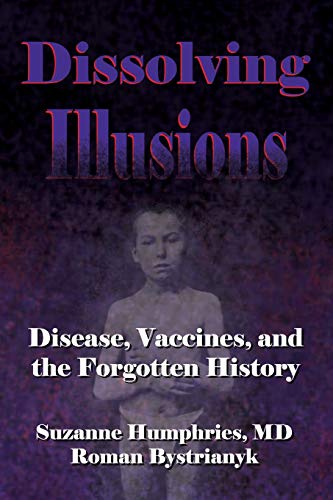If there’s one thing the coronavirus experience has taught us, it’s that bureaucracies don’t function as well as they’re supposed to. In New York, the bureaucracy opted to spend $500 million on illegal aliens instead of on ventilators. Likewise, during the Obama administration, after the 2009 H1N1 epidemic, the Obama administration, despite warnings, never bothered to replenish stockpiles of N95.
It turns out now that the NIH was also doing the bureaucratic equivalent of twiddling its thumbs when it should have been acting to prepare America for the next pandemic. It’s sheer luck — mixed in with Trump’s foresight about China and good management skills — that Johns Hopkins, in late 2019, ranked America as the best prepared country in the world for handling a pandemic.
Twelve and a half years ago, in October 2007, researchers at the University of Hong Kong published an article entitled “Severe Acute Respiratory Syndrome Coronavirus as an Agent of Emerging and Reemerging Infection.” The introduction, which looked back at SARS, described how China was a coronavirus Petri dish and warned that there could be a repeat of a SARS-style pandemic based upon Chinese food and lifestyle practices (emphasis added):
 OmniBreathe Lung Clean...
Buy New $25.00 ($0.42 / Count)
(as of 09:30 UTC - Details)
OmniBreathe Lung Clean...
Buy New $25.00 ($0.42 / Count)
(as of 09:30 UTC - Details)
Severe acute respiratory syndrome (SARS) coronavirus (SARS-CoV) is a novel virus that caused the first major pandemic of the new millennium (89, 180, 259). The rapid economic growth in southern China has led to an increasing demand for animal proteins including those from exotic game food animals such as civets. Large numbers and varieties of these wild game mammals in overcrowded cages and the lack of biosecurity measures in wet markets allowed the jumping of this novel virus from animals to human (353, 376). Its capacity for human-to-human transmission, the lack of awareness in hospital infection control, and international air travel facilitated the rapid global dissemination of this agent. Over 8,000 people were affected, with a crude fatality rate of 10%. The acute and dramatic impact on health care systems, economies, and societies of affected countries within just a few months of early 2003 was unparalleled since the last plague. The small reemergence of SARS in late 2003 after the resumption of the wildlife market in southern China and the recent discovery of a very similar virus in horseshoe bats, bat SARS-CoV, suggested that SARS can return if conditions are fit for the introduction, mutation, amplification, and transmission of this dangerous virus (45, 190, 215, 347). Here, we review the biology of the virus in relation to the epidemiology, clinical presentation, pathogenesis, laboratory diagnosis, animal models or hosts, and options for treatment, immunization, and infection control.
The National Institutes of Health is the government agency primarily responsible for biomedical and public health research. After SARS and, again, after H1N1, the NIH, along with the CDC, should have been paying close attention to illnesses emerging in China and other third-world countries.
 Jabbed: How the Vaccin...
Best Price: $13.02
Buy New $13.05
(as of 03:50 UTC - Details)
Jabbed: How the Vaccin...
Best Price: $13.02
Buy New $13.05
(as of 03:50 UTC - Details)
 Dissolving Illusions: ...
Best Price: $38.50
Buy New $21.60
(as of 11:00 UTC - Details)
Dissolving Illusions: ...
Best Price: $38.50
Buy New $21.60
(as of 11:00 UTC - Details)
 Pure Acerola Cherry Po...
Buy New $29.95 ($3.74 / Ounce)
(as of 10:43 UTC - Details)
Pure Acerola Cherry Po...
Buy New $29.95 ($3.74 / Ounce)
(as of 10:43 UTC - Details)





